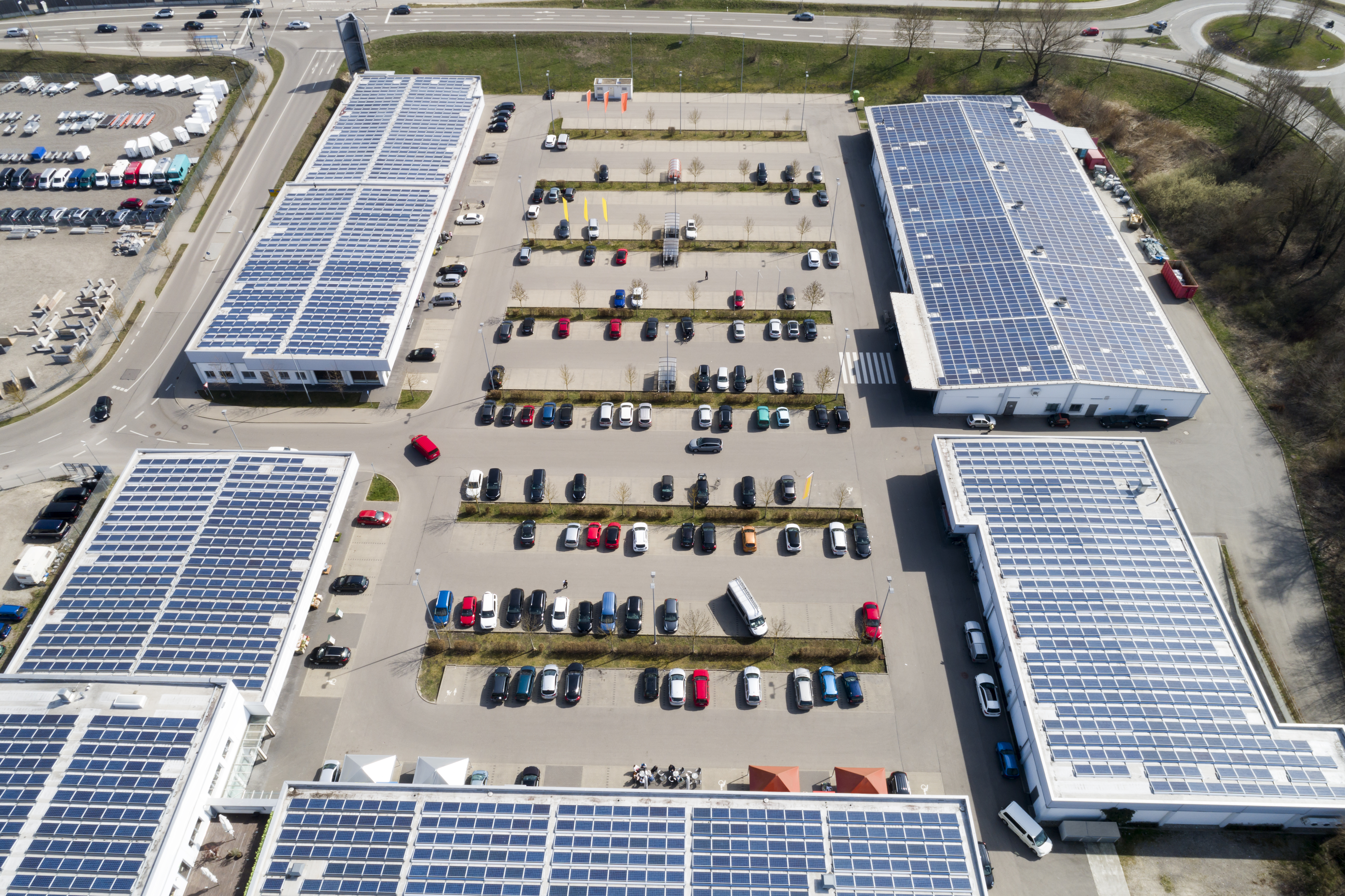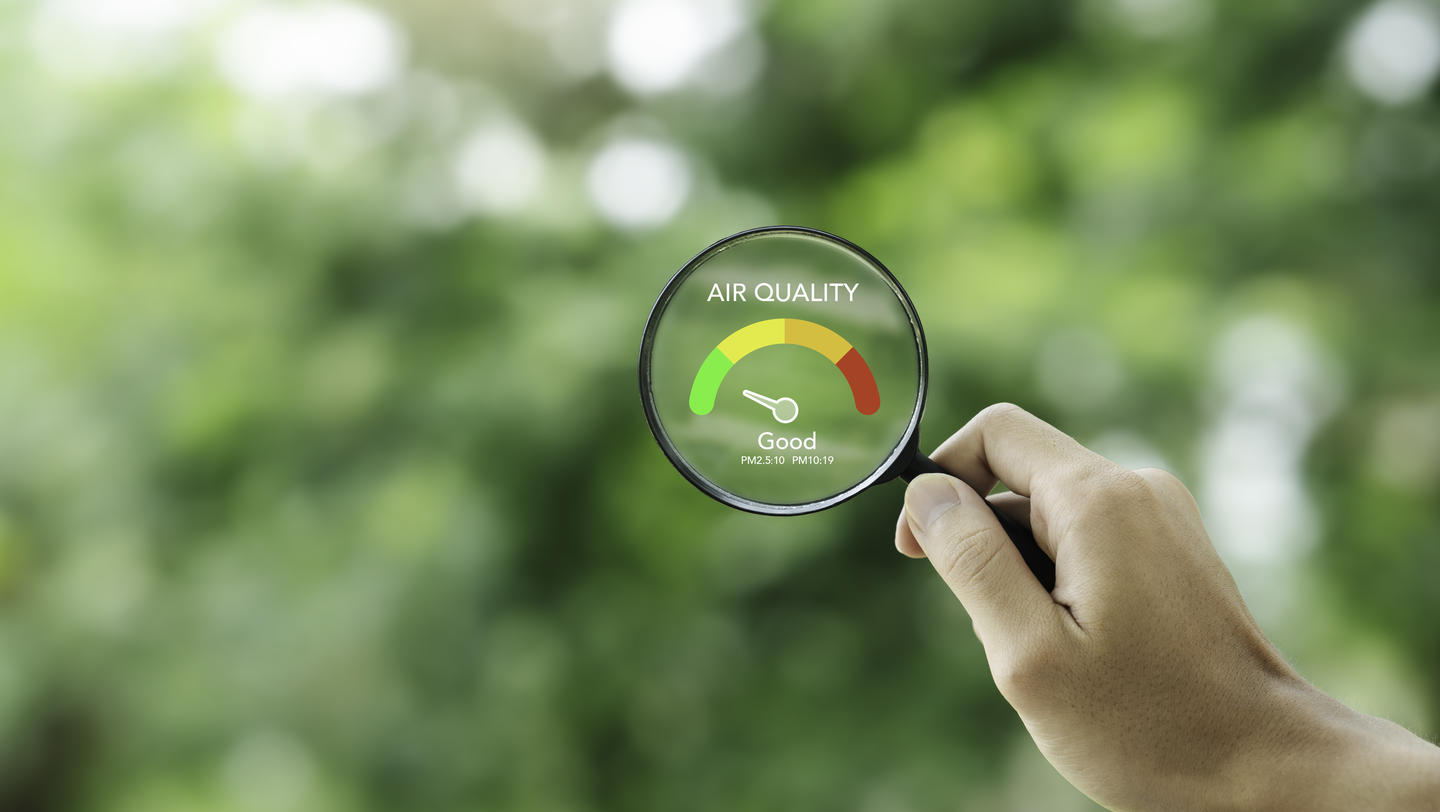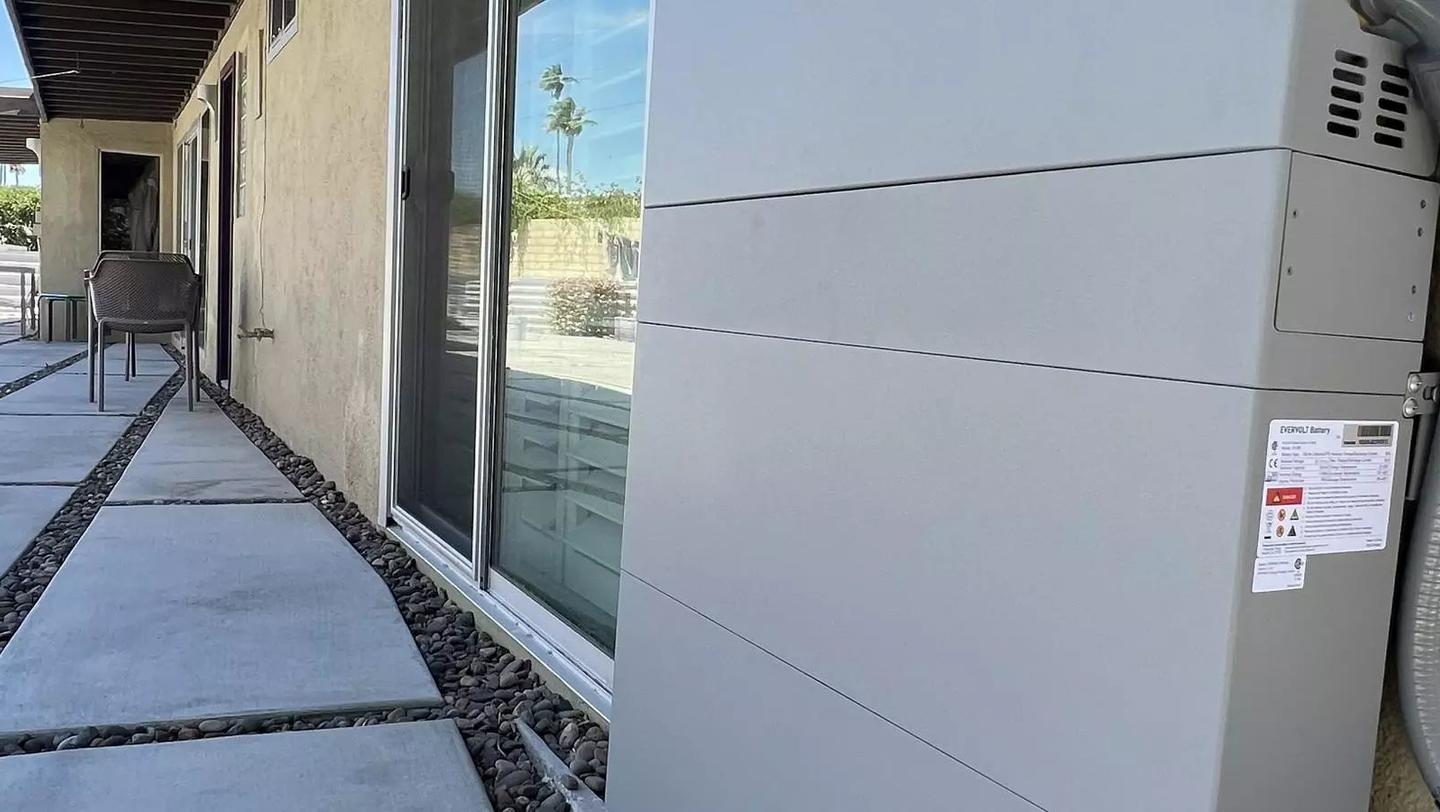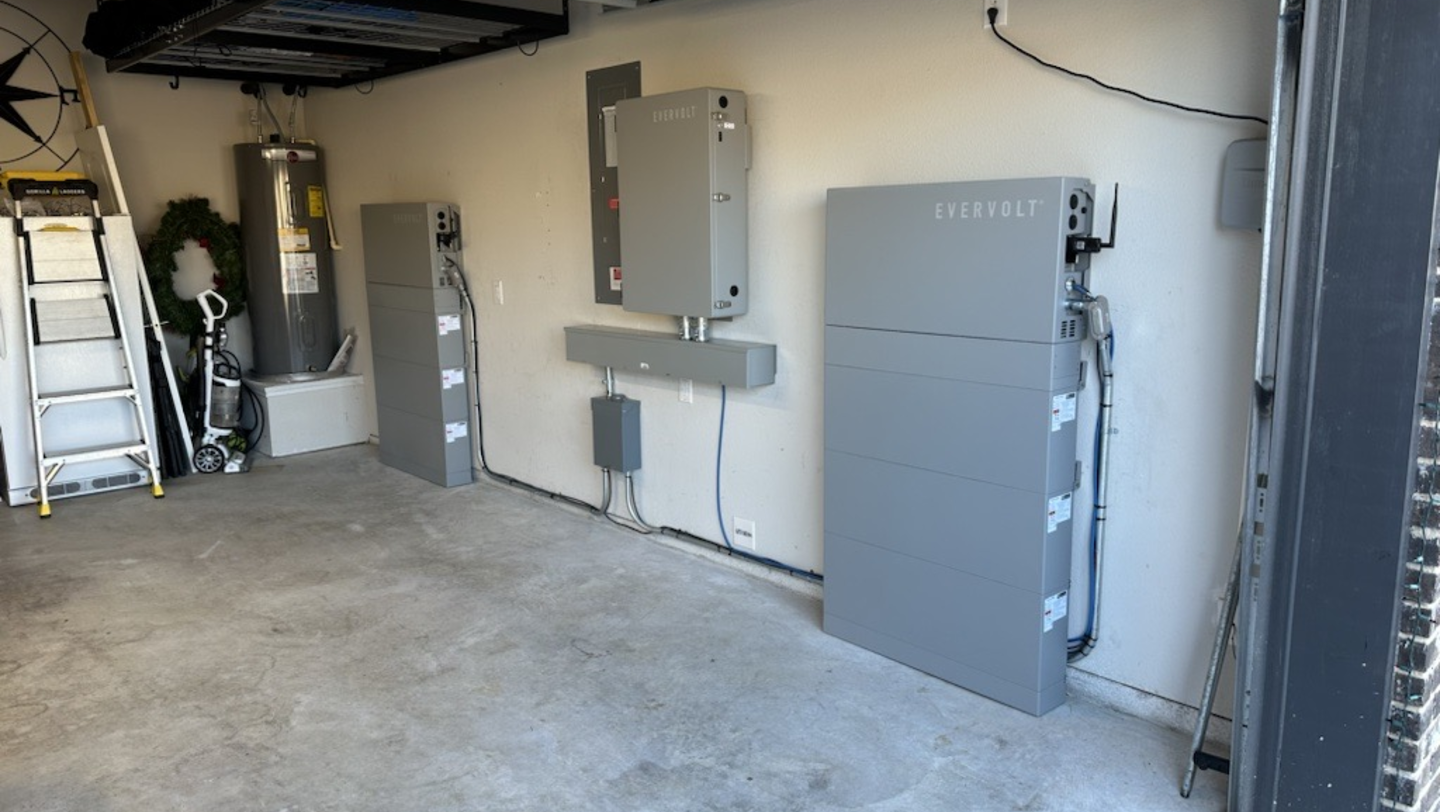Pathways To Net Zero Carbon Buildings In Reach Around The World Today
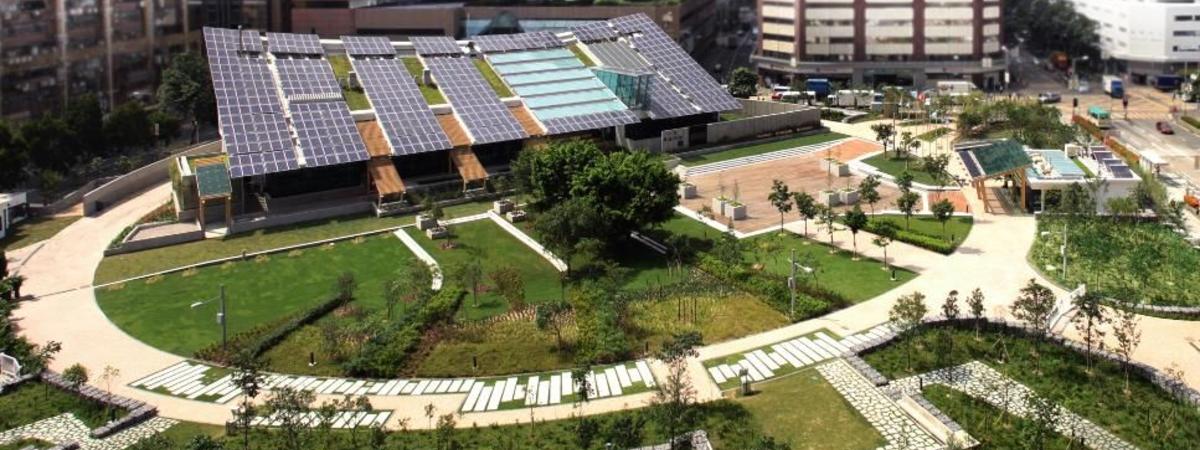
Pathways To Net Zero Carbon Buildings In Reach Around The World Today
Is net zero achievable? Find out in this interview with the author of a comprehensive new guide to achieving net zero carbon buildings.
Policymakers around the world are committing to net zero emissions targets, with more than 60 countries pledging to achieve carbon neutrality by 2050. Charting a path to net zero may seem daunting, especially for buildings, which turn over slowly and make up nearly a quarter of global greenhouse gas emissions. But in reality, net zero carbon buildings are within reach today in cities across the globe.
Renilde Becque, an independent sustainability consultant to World Resources Institute (WRI), led a report that serves as a guide to achieving net zero carbon buildings. The authors evaluated eight policy pathways to decarbonize buildings and found many are already achievable and affordable in a range of countries. Energy Innovation’s Vice President Sonia Aggarwal interviewed Renilde, who provided the following responses highlighting what net zero carbon buildings entail and how policy can spur their adoption.
What is your vision of a “perfect” zero carbon building – how would it look and work?
The “perfect” net zero carbon building doesn’t exist. Some stakeholders consider net zero carbon buildings a goal beyond their reach, because of the perception that a building can only qualify as (net) zero carbon if it adheres to a “recipe” of being highly energy efficient and generating its own renewable energy – that’s not the only way to achieve effective building decarbonization however.
When more broadly defined, a net zero carbon buildings goal becomes much more achievable and accessible, as long as the end result is still net zero carbon (operational) emissions. WRI’s recent report “Accelerating Building Decarbonization: Eight Attainable Policy Pathways to Net Zero Carbon Buildings For All,” launched in conjunction with the ZCB for All initiative at last September’s UN Climate Action Summit, aims to do exactly that.
Encouraging stakeholders to achieve at least a minimum level of energy efficiency in line with local (voluntary) standards and codes – although preferably going beyond that – and produce or procure renewable energy within or beyond the boundaries of the building site opens up new avenues for reaching net zero carbon. Having them also consider whether it would be more feasible to achieve net zero across a group of buildings, such as for a city district or for a portfolio of privately owned buildings, brings the net zero carbon buildings goal truly within reach.
While net zero carbon buildings have previously been assumed by many to be attainable only by technologically advanced or wealthy countries, WRI’s report introduces a menu of net zero carbon building policy pathways based on these broader definitions and finds many pathways are already achievable today, even where you’d least expect them.
Many people have talked about net zero energy buildings, but you talk about net zero carbon. What is the difference and why is focusing on carbon better?
Various ‘net’ or ‘nearly’ zero concepts are commonly used in building decarbonization literature and discussions. They all describe buildings that achieve a net zero, or nearly zero balance between energy demand and renewable energy supply, or between the carbon emissions associated with energy demand and energy provision. These concepts can in essence be seen as nested, each one slightly more ambitious or all-encompassing than the last.
All these concepts offset carbon-based energy consumption with improved energy efficiency and new renewable energy capacity. However, the net and nearly zero energy definitions are narrower, usually focusing on onsite or near-site renewable energy production. This limits their application to mostly low-density, low-rise, suburban, or rural building applications. Although these building generate their own renewable energy, not all renewable energy can be considered low-carbon or carbon-free, such as biomass energy (which can come with a high carbon footprint depending on how it has been produced and sourced).
Net zero carbon buildings, on the other hand, use carbon-free renewable energy. In contrast to net zero energy buildings, a net zero carbon building’s renewable energy supply may come from on- or offsite sources, broadening the application of the ‘net zero’ concept to medium- and high-density urban areas – an important feature in a rapidly urbanizing world where building space comes at an increasing premium.
This greater flexibility in supplying energy opens up many new possibilities for grid integration, allowing for a variety of renewable energy generation and storage solutions. The example most commonly brought forward is to use electric vehicles (EVs) as energy storage devices to store excess electricity generated by solar or wind during times when these sources are abundantly available.
However, another potential application is to use buildings with large roofs, such as malls and warehouses, to become net generators of renewable energy for other nearby buildings. And through smart demand management, any excess energy generation could be used to pre-cool or pre-heat appliances or entire structures, anticipating consumer and weather induced energy use patterns. In this way, buildings can truly become ‘energy sinks,’ helping to smooth out the more variable nature of renewable energy supply.
What can city officials do to help bring net zero carbon buildings to scale?
Actors at different levels of government, from national to city, will need to collaboratively overcome barriers to decarbonizing their building supply, establishing net zero carbon buildings as a feasible and desirable goal. Accelerating the speed and scale of uptake means understanding the most feasible net zero carbon building pathways for key segments of a jurisdiction’s building stock.
The WRI report helps them in bringing building decarbonization to scale by setting out a menu of eight possible pathways to net zero carbon for operational carbon emissions. The pathways combine elements that cover basic or advanced energy efficiency, on- and offsite renewable energy, as well as the smart use of carbon offsets as a last resort and directly contributing to a government’s decarbonization goals.
This structured policy pathways approach means city officials can bring net zero carbon buildings increasingly within reach, even in locations which have gained less experience or have had less focus on greening building energy demand and supply. Building decarbonization also becomes more achievable and affordable when urban decision makers combine the pathways approach with a broader lens that aims for net zero carbon across a group of buildings (district / municipal portfolio), rather than limiting the scope to only individual buildings.
Not every pathway can be considered equally preferable however, and officials should underpin selecting between different pathways with a set of core principles, helping create a hierarchy amongst different options they could possibly pursue. Not only will certain pathways be more cost effective from a lifecycle cost perspective, smart pathway choices will also maximize the potential for local carbon reductions and other environmental or social benefits. Regardless, a sensible approach will first tap opportunities that can exert a greater degree of influence and reduce emissions at or close to source.
What can the private sector do to help bring net zero carbon buildings to scale?
Although the policy pathways approach is particularly valuable for governments who have previously felt net zero carbon buildings are beyond their reach, private sector building developers / managers can also benefit from the approach. First, they are encouraged to consider net zero carbon buildings from a broader perspective in line with the pathways approach.
This can help them reach net zero carbon across their stock much quicker than if sticking with the more narrow definition of what constitutes a net zero carbon building. To show such buildings already exist today, the WRI report (table 5, page 20) provides examples of existing zero carbon buildings for each of the eight pathways covered in the report, the majority of which are privately owned.
Owners or managers of multiple buildings can also consider the options for reaching net zero carbon at the portfolio level, therewith more rapidly overcoming barriers like insufficient roof space, poor initial design, or insufficient energy demand of an individual building to engage in off-site renewable energy purchases. A portfolio approach taps into opportunities to aggregate energy demand as well as select the most suitable buildings within a portfolio for specific energy efficiency or renewable energy interventions, with the same net zero carbon result but at portfolio level.
You studied policies to support zero carbon buildings in four countries; what did you learn about what works and what does not work?
The WRI research team analyzed the current policy framework and tested the practical value of the policy pathways for India, China, Mexico, and Kenya. We found that a small set of core policies can play a major role in determining the feasibility of different net zero carbon building policy pathways. Nonetheless, regardless of the regulatory differences, one or more net zero carbon building pathways are already within reach in each of these countries today.
Policies that help enable the pathways include mandatory minimum energy efficiency codes and standards that are easy to implement and enforce by the responsible government levels, attractive and stable net metering schemes for onsite renewables, and an electricity market allowing non-utility actors to directly engage in power purchasing agreements. The report provides an overview of both critical enabling or disabling policies, helping to accelerate or rather impede progress.
Moreover, the research shows that taking an approach which aims for achieving the same net result across a group of buildings can leverage specific policy opportunities and may help overcome persistent barriers at the individual building level. For example, aggregating energy demand from a group of buildings to engage in renewable energy purchases, facilitating district renewable energy solutions, or incentivizing buildings with considerable rooftop space to become net energy producers, could help a an urban policy maker or real estate manager get closer to a decarbonized building stock.
What is one thing you hope readers of this article do or think about differently based on your research?
Buildings will have to be at the forefront of the climate movement to achieve the Paris Agreement’s vision of a 1.5 C⁰ world. Fortunately, zero carbon building policy pathways are attainable today, even where actors till now may have considered them a goal beyond reach. Each pathway laid out in the WRI report consists of a “package” of measures – some combination of basic energy efficiency, exemplary energy performance, onsite or off-site carbon-free renewable energy, and – only in cases where efficiency measures and renewables cannot meet 100 percent of energy demand – the smart use of carbon offsets to accelerate building decarbonization goals elsewhere within the jurisdiction.
The report therewith provides a good starting point for decision-makers who are interested in understanding the options available to decarbonize their stock based on their jurisdiction’s current policy framework, and doing so in a structured manner using selected pathways and targeted policy interventions.
This article was written by Energy Innovation: Policy and Technology from Forbes and was legally licensed through the NewsCred publisher network. Please direct all licensing questions to [email protected].
![]()

